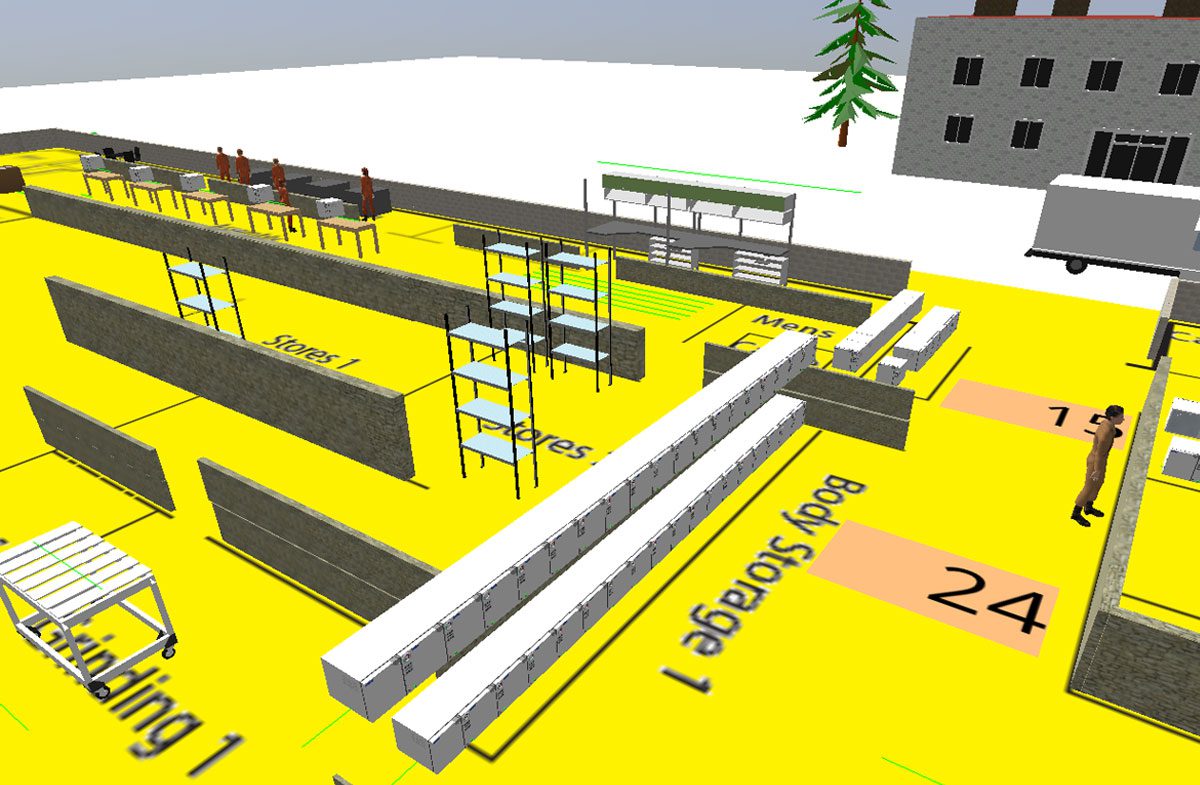GenLab
For over 50 years, Genlab has designed and manufactured industrial ovens, laboratory ovens, incubators, drying cabinets, water baths and other associated thermal products.
The company has three divisions providing a product range noted for its quality, reliability and performance, whilst remaining competitively priced throughout.
Genlab has supplied products to almost every country in the world and has many longstanding employees who have a combined extensive technical knowledge in their fields to become one of the leading businesses in thermal engineering.

Approaching LCR 4.0
Genlab engaged with the Virtual Engineering Centre (VEC) directly after attending an event hosted by the VEC in partnership with the Halton Council. The company recognised the opportunity of employing a variety of new technologies within the business but did not have the capacity or the specialist knowledge to explore how new tools could support a push toward greater efficiency and new innovation.
Genlab wanted to explore how the existing factory layout and current processes could be optimised to improve efficiency and meet growing customer demand for their products without compromising their handcrafted approach or having to make greater financial investments.
Partner Support
The VEC worked with Genlab to evaluate how the highly skilled but traditional approaches currently employed could benefit from new digital technologies. Opportunities for innovation included the use of industrial Internet of Things for preventative maintenance, to explore improved connectivity of products and how the current factory layout and manufacturing process could be changed to improve productivity.
The business produces highly customised products, complex components and processes. The current processes are not highly automated and the challenge was to look for methods to empower a highly skilled workforce with new information for rapid and better decision making.
Results
Working closely with Genlab, the VEC studied the existing floor plan and factory machine layout, evaluating process times at different work stations. Using this high-level production data and layouts, the VEC created a full model factory simulation using specialist software, SIMIO. The results enabled Genlab to explore alternative layouts, helping them to understand which layout gained maximum efficiency.
Using a virtual factory model allowed Genlab to complete this task without risk or interruption to daily operations, as well as allowing them to test a number of solutions quickly and easily.The factory simulation provided an insight into optimum staffing levels and demonstrated how to better deploy staff to maximise throughput and predict the consequences of staffing shortages throughout weekly production. The simulation also confirmed that a change in the position and layout of just the stores area could improve output by 5% per annum.
The simulation highlighted ways that Genlab could improve assembly time by 30 minutes which resulted in an increase in capacity of 20% without any additional investment in new tools or automation.
Working with the VEC has introduced the company to a no-nonsense approach to adopting new digital tools as a means to improve productivity. Factory simulation has brought into focus and validated our ambitions to grow the business and our presence in Widnes. We have explored new possibilities without the risk that normally comes with change management by using virtual tools and identified the path to a 20% increase in productivity using the factory simulation. With the VEC’s support, Genlab is excited to explore how Industrial IoT & Virtual Prototyping can further help us create a new generation of products and to better meet our automotive and industrial clients demand.
Phil Crompton Finance Director
Working to the Future
Genlab has identified a number of opportunities for change within their existing factory layout which allows them to remove any constraints and improve efficiency and productivity levels, offering easier access to machinery and improved communication.
Based on the real-time quality data now being collected, Genlab can improve the visibility of their work in progress. This will allow Genlab to optimise its operations with supply chain partners, reducing lead times between themselves and their customers.
This approach paves the way for future innovation by highlighting how and where to collect further valuable data from, giving operational managers greater insight for improved production planning and future changes to processes to increase productivity even further.



